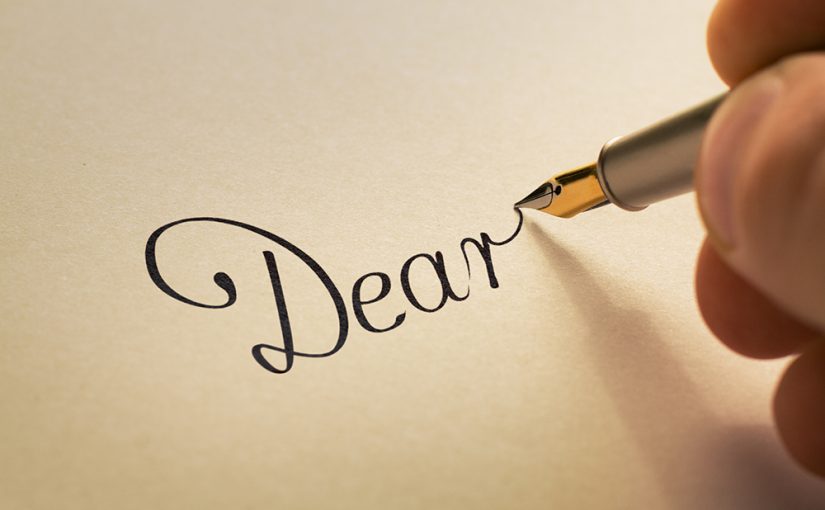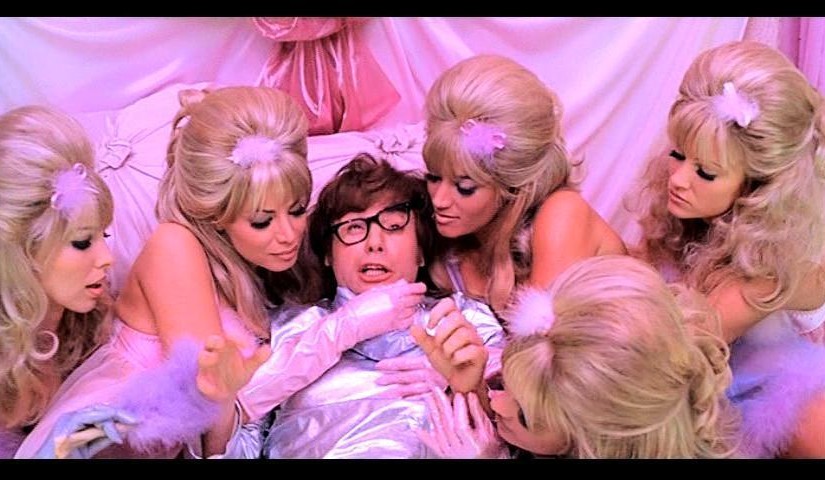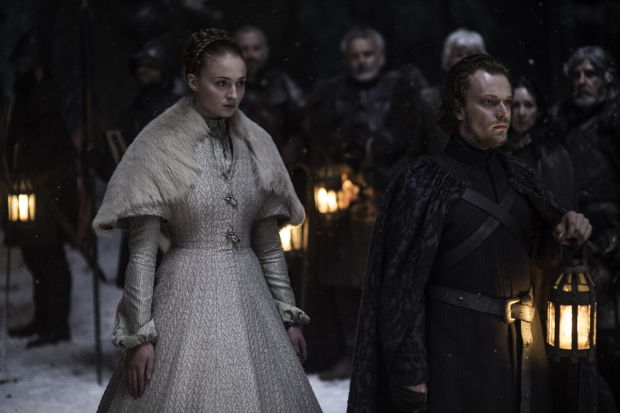Wow, it really sucks that Trump is the POTUS, right? He is really terrible on so many levels and different ways. Worse still is that Mike Fucking Pence is next in line, and the two are supported by morally destitute members of Congress like Mitch McConnell and Paul Ryan. It is really, truly awful knowing that these are the people in power: the kind of guys who would probably strangle me to death with their bare hands if they thought they’d get a dollar for it or get to pass a bill to hurt LGBTQ* folk.
Anyway, the reason why I’m writing this post isn’t just to vent my spleen and remind everyone of the heavy blanket of dread that they carry around. (Everyone who reads this blog anyway.) I’m hoping, in however small a way, to reset the low, low bar that Trump regularly slides under. We’ve become accustomed to how horrible he is at everything and his supreme selfishness. When you see headlines that read, “Trump Did [X],” “Trump Says, ‘[Y],’ But Scientists Disagree,” “Trump Surprises Staff by Declaring [Z],” it all runs together, and when he’s marginally less bad, people are starting to call it “presidential behavior.”
So instead, I’d like you to think of Trump’s behavior through the lens of people who write to advice columnists. (It’s a stretch, I know, because Trump hates asking for advice.) The people who write advice columnists are usually looking for someone to say that a) they’re right or b) they can get a divorce; the advice usually is to a) stop what you’re doing, b) stop hanging out with awful people, and/or c) have a real conversation with someone like an adult. Though sometimes, the advice columnist will publish something and the advice is, “You’re a terrible person, and I hope your family, friends, co-workers, and strangers are safe from you.” That’s the kind of letter writer Trump would be. Continue reading What Trump’s Letters to an Advice Columnist Would Look Like



